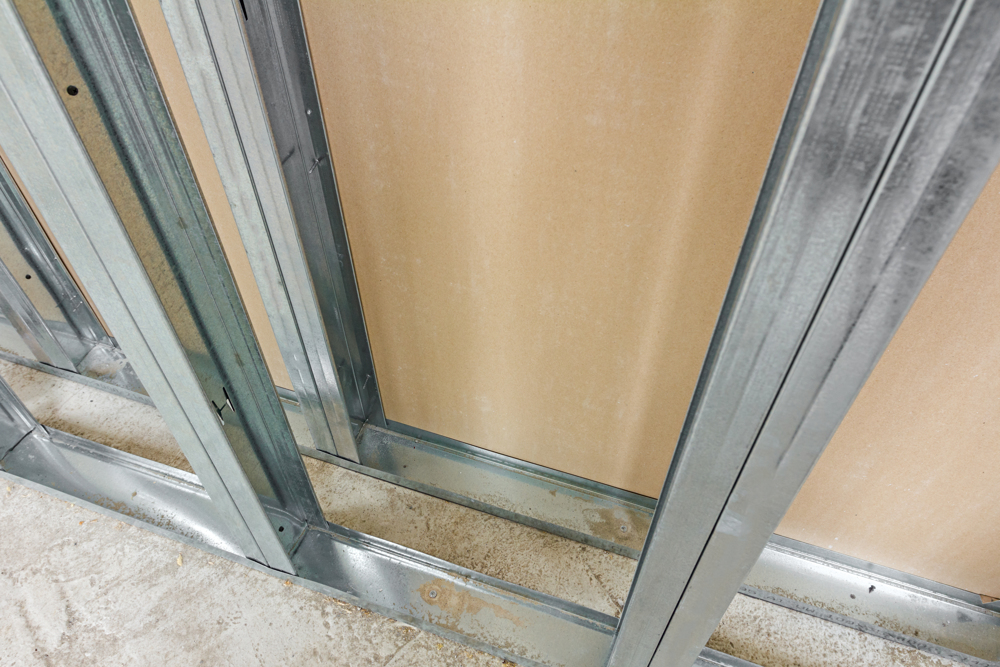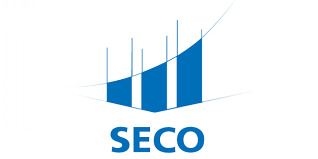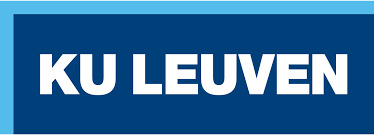Industries

Windows & Doors
Manufacturers of windows and doors throughout the world use our flagship software BISCO for the calculation of the standard compliant U-value of their frames, glazing and spacers. BISCO is optimized for calculations according to EN ISO 10077-2:2017, including an advanced algorithm to use the detailed radiosity method for cavities with the RADCON module.
BISCO is designed to function seamlessly in a manufacturer's design process, allowing the calculation of a standard compliant U-value starting from a CAD drawing in a few clicks.
The compatibility of BISCO with Physibel's other software tools provides R&D opportunities in analysis of overheating, fire engineering, thermal stress, impact on indoor climate etc.

Façade engineering and construction
The unique catalogue of Physibel software products allows to design and assess every aspect of the thermal performance of façades.
From the calculation of the U-value of frames, mullions or transoms with BISCO to the calculation of the linear and point thermal bridge transmittances of glazing spacers, cladding anchors etc. with BISCO, TRISCO or SOLIDO. With Physibel software packages, the entire façade U-value can be evaluated compliant to the standards EN ISO 12631:2017 for curtain walls and EN ISO 6946:2017 and EN ISO 10211:2017 for all façades in general.
Because of the compatibility of our software packages, designers can easily go beyond U-values and assess the risk of overheating, the risk of surface condensation, thermal stress, fire safety and the solar heat gains and their impact on the indoor climate using dynamic software packages BISTRA and VOLTRA.

Building materials and systems
Producers calculate the thermal characteristics of their building product through the detailed physical modelling of heat transfer implemented in the Physibel software.
From the equivalent lambda-value of non-homogeneous building materials with complex cavity structures calculated with TRISCO, over the equivalent U-value of metal frame walls with BISCO, to the point thermal transmittance of cladding anchors with SOLIDO or steel beams with thermal breaks with TRISCO. With the Physibel software tools, producers of building systems calculate the correct thermal properties in accordance with EN ISO 10211:2017.
The compatibility between Physibel software tools and the easy importing of CAD files (dxf or stl format) ensures a fluent integration into the design and evaluation process of building systems.

Building physics consulting
Physibel offers a complete set of compatible software tools for building physics consultancy engineers.
Calculate the thermal transmittance and temperature factor of 2D and 3D construction details with BISCO or TRISCO.
Evaluate solar heat gains for complex geometries and transient behaviour of materials and systems using BISTRA or VOLTRA.
Analyze the risk of interstitial condensation in constructions with GLASTA (1D) or TRISCO (3D).
Calculate the risk of overheating and the cooling and heating load for multi-zone buildings with BISTRA and VOLTRA.

Universities and research institutes
Physibel was born out of doctoral research in Building Physics. Throughout its history, a close relationship to academics has been maintained. The development of Physibel software is continuously driven by academic research in building physics.
Physibel software makes the study of complex thermal phenomena in the built environment possible, from the material scale to the whole building scale.
By visualizing heat transfer, Physibel software makes a great teaching tool for students in building engineering and architecture.

Fire engineering
With the Physibel software tools VOLTRA and BISTRA, the effect of fire exposure on structures can be calculated.
VOLTRA and BISTRA are validated according to EN 1992-1-2:2004 Annex D and EN 1991-1-2/NA.
Physibel's transient software tools are used both for simulations of fire tests of prototypes of building systems and in general building design.

















